In an effort to innovate products and diversify experiences, Hanoi is preparing to launch a special night tour route called “Hanoi 5 Citadels”, an initiative combining the capital’s tourism industry and the railway industry, promising to become a notable highlight of the National Day holiday on September 2. The project not only brings tourists to explore the cultural beauty of ancient Hanoi in a modern space, but also opens up the direction of exploiting railway tourism as part of a “storytelling journey” about the thousand-year-old capital.
The Hue - Da Nang Heritage Train or the "Connecting Central Heritage" Train is also very popular with tourists.
According to Mr. Tran Trung Hieu - Deputy Director of Hanoi Department of Tourism, this is one of 20 new night tourism products that the city will deploy from now until the end of 2025. "Hanoi 5 gates" is a tourism model that combines railway, traditional art and suburban heritage, with a journey stretching from the inner city to localities such as Tu Son - Bac Ninh. Each stop is not only a train station but also a slice of culture, history and life of the ancient Hanoians.
The special feature of the product is the experience of traveling through traditional lifestyles recreated right on the train. According to Mr. Ha Trong Thang - Deputy General Director of Hanoi Railway Transport Joint Stock Company, the train will be completely redesigned, with luxurious interiors, integrated with a bar, a stage for performing folk arts such as Xam, Cheo, Chau Van... combined with a skylight roof so that visitors can fully enjoy the night view of Hanoi. The train space will be like a small stage, where viewers can both move and enjoy traditional culture on a journey that continuously connects heritage areas.
The train will officially start rolling from August 19 - the 80th anniversary of the August Revolution, as a symbolic message: tourism is a bridge connecting memories and current life. The daytime journey takes visitors from Hanoi station to Tu Son station - where they continue to connect by tram to famous attractions such as Do Temple, traditional rural market... In the evening, the train will run around the inner city belt, providing a space to watch the city lights up combined with cuisine and performing arts.
Not only stopping at the on-train experience, the railway industry is also collaborating with the tourism industry to “elevate” the stops. Long Bien, Gia Lam, and Co Loa stations will be renovated into exhibition spaces and cultural events, while Gia Lam Railway Factory will be developed into a railway museum - a rare “living museum” model in the heart of the city. Through that, each train station is not only a stopover but also becomes a storytelling point, bringing visitors to explore Hanoi through the lens of time.
This product also suggests the possibility of commercialization according to the package tour model. Representatives of some travel companies proposed integrating service packages including train tickets, accommodation, and tourist attractions, and at the same time requested the railway industry to adjust train schedules and relic opening schedules to suit the actual schedules of tourists, especially during holidays. This connection is considered a necessary piece for the product to operate effectively, not only attracting domestic tourists but also being able to serve international tourists who want to experience local culture in depth.
According to experts and tourism businesses, transforming inner-city railway lines - which previously only served transportation - into cultural experience routes is a creative move, opening up great potential for exploitation in urban tourism development. This is also a way to "reuse" urban infrastructure assets in the direction of creative economy, associated with cultural tourism, contributing to increasing the length of stay and spending of tourists.
Hanoi's tourism industry hopes that this model will be replicated, opening more train routes connecting localities with unique cultural heritage.
In the context of Hanoi tourism recovering strongly, the launch of new products such as "Hanoi 5 gates" is a timely boost. According to statistics from the Hanoi Department of Tourism, by the end of July 2025, the capital had welcomed more than 18.36 million visitors, including 4.2 million international visitors. Total tourism revenue reached about 73,000 billion VND.
With a large and diverse number of visitors from families, couples to solo travelers, Hanoi is facing a golden opportunity to renew experiences, improve services and reposition the destination image. Products such as “Hanoi 5 gates” are not only new experiences, but also a declaration of how the capital does tourism: based on identity, innovation and historical connection.
In the long term, Hanoi’s tourism industry hopes that this model will be replicated, opening more train routes connecting localities with unique cultural heritages such as Hung Yen, Hai Phong, etc. to expand the “cultural experience zone” around Hanoi. In that picture, the railway is no longer an old means of transport but becomes a flow connecting memories, culture and movement of a modern city - where tourists not only pass through, but also live with a part of history.
Source: https://bvhttdl.gov.vn/hanh-trinh-van-hoa-tren-tau-ha-noi-5-cua-o-20250805135841134.htm


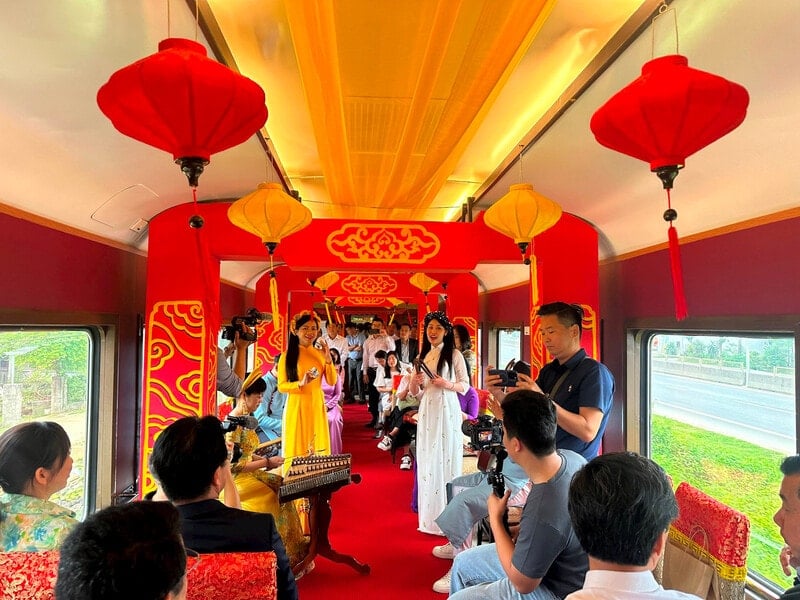
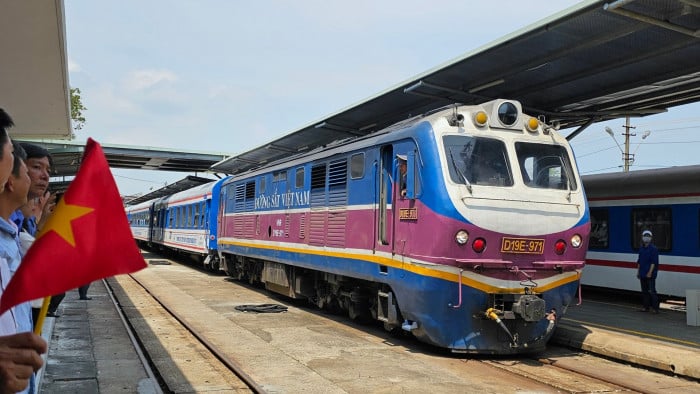

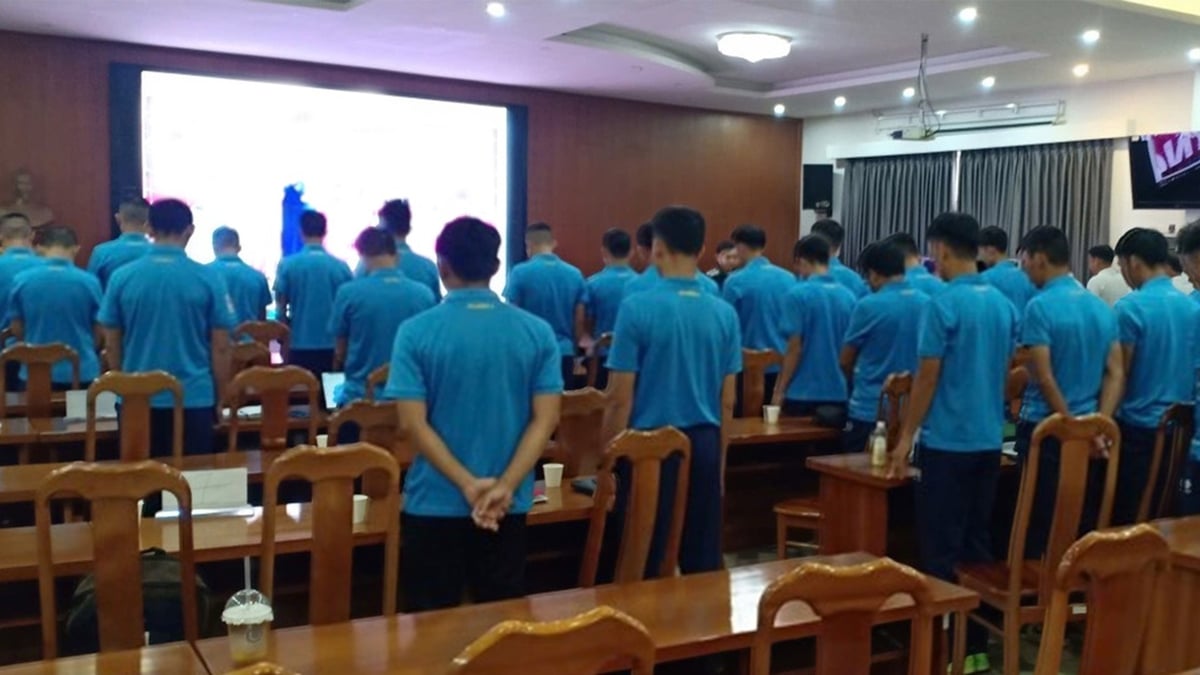


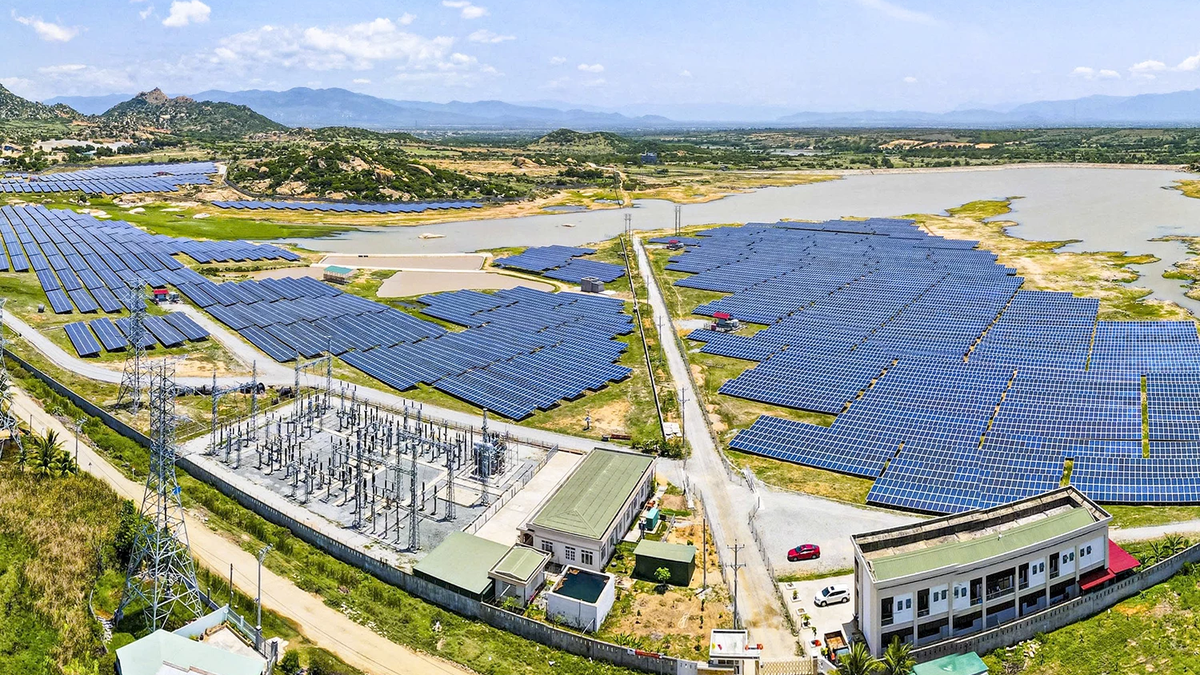




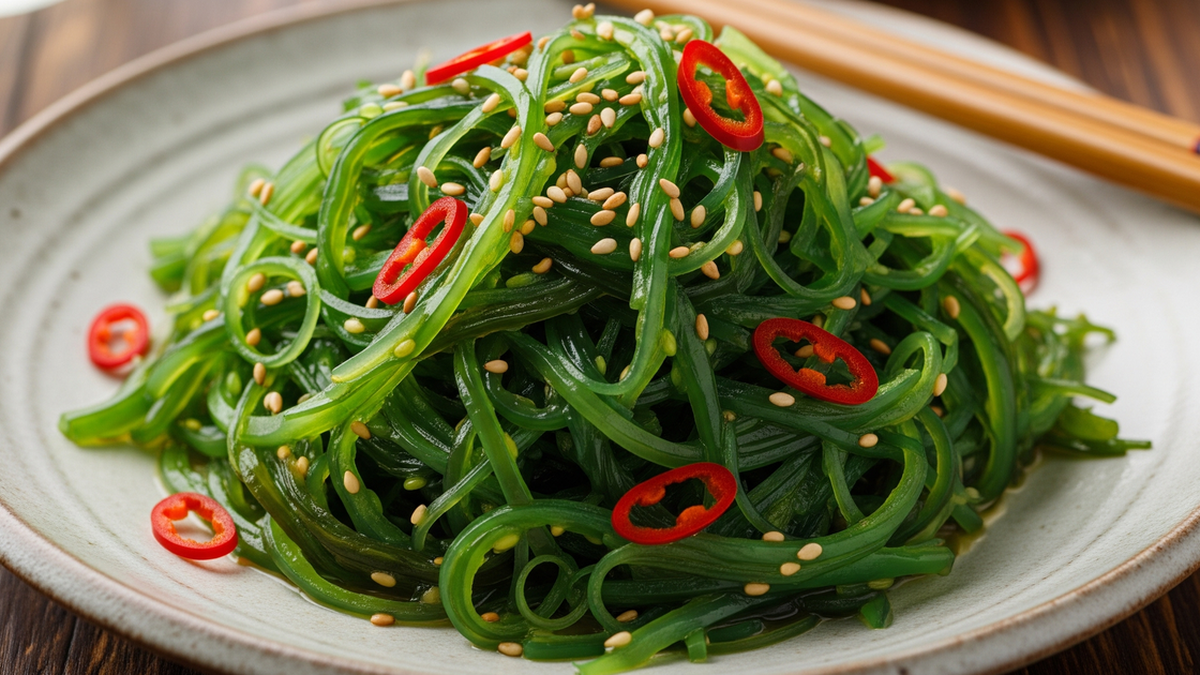















![[Photo] Nghe An: Provincial Road 543D seriously eroded due to floods](https://vphoto.vietnam.vn/thumb/1200x675/vietnam/resource/IMAGE/2025/8/5/5759d3837c26428799f6d929fa274493)




























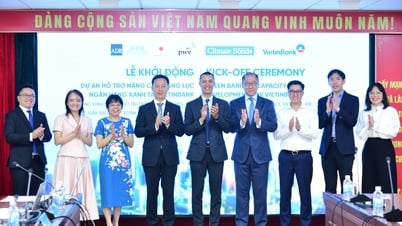


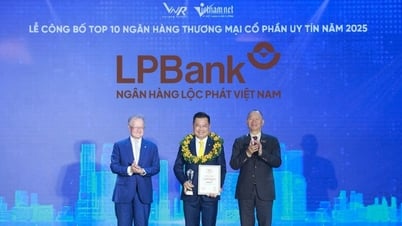


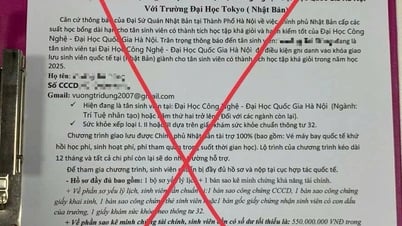









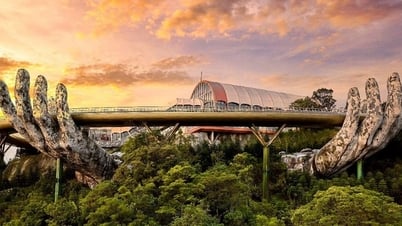


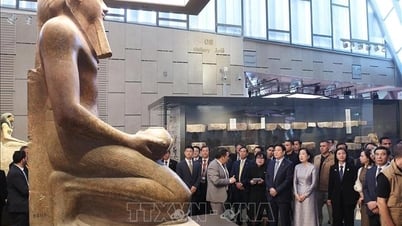






















Comment (0)